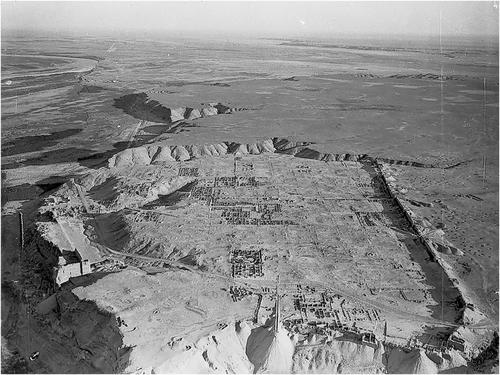
The Hellenistic, Parthian, and Roman site of Dura–Europos (or simply “Dura”), dubbed the “Pompeii of the Syrian Desert” by Yale historian and archaeologist Michael Rostovtzeff, was jointly excavated by Yale University and the French Academy of Inscriptions and Letters from 1928 to 1937. Given the outstanding preservation of art and architecture at Dura, it is not surprising that four obsidian artifacts have escaped attention, despite evidence that stone tools – including obsidian ones – continued to be used into and after the Iron Age in the Eastern Mediterranean. After more than eight decades, the character of Dura’s connections to the Classical world remains a matter of debate. Pottery includes not only local ceramic wares but also North African and Aegean ones. Our nondestructive pXRF testing establish that the Dura artifacts match the three most widely used Eastern Anatolian obsidian sources: Nemrut Dağ volcano as well as the Bingöl A and B sources. If indeed obsidian arrived at Dura via long-standing mechanisms of Mesopotamian exchange, these Eastern Anatolian obsidians would be expected. Unfortunately, the artifacts’ precise locations at Dura are unclear, the excavations lacked stratigraphic constraints, and Near Eastern obsidian distribution patterns have been rarely studied beyond the Early Bronze Age. Keeping in mind these limitations, our findings are most consistent with past suggestions regarding the importance of local Mesopotamian influences and resources at the site.
Link to “Origins of obsidian at the ‘Pompeii of the Syrian Desert:’ Sourcing lithic artifacts from the Yale-French excavations at Dura-Europos” in Journal of Archaeological Science: Reports.